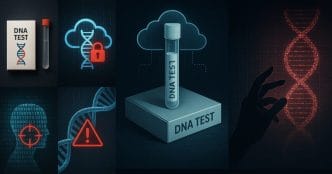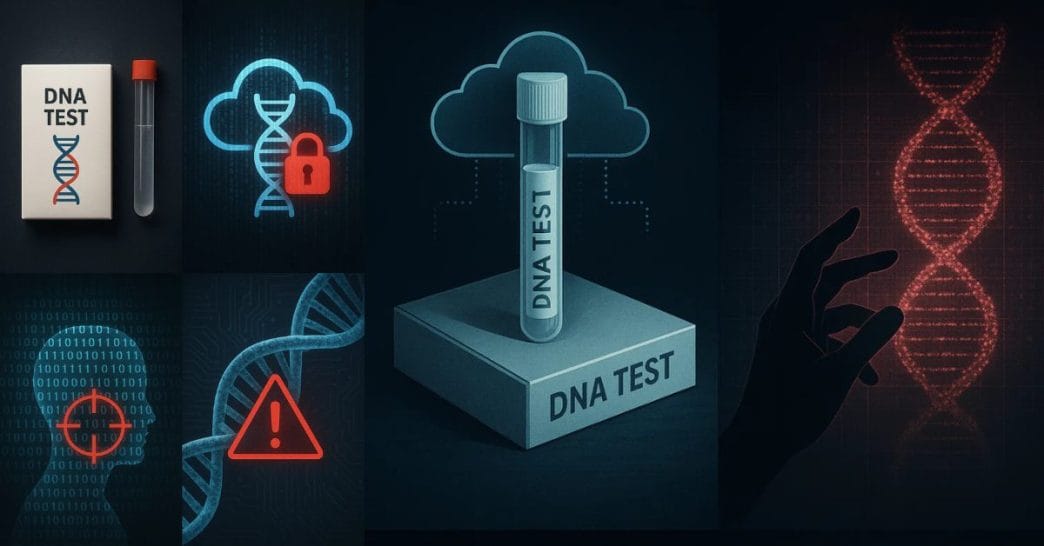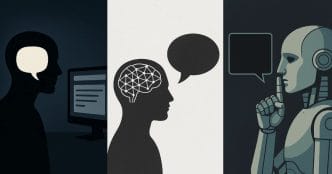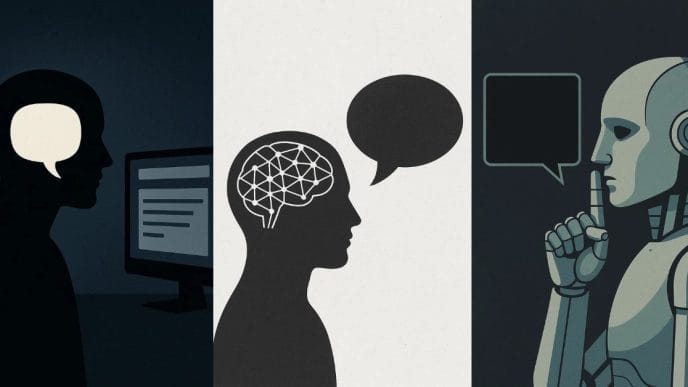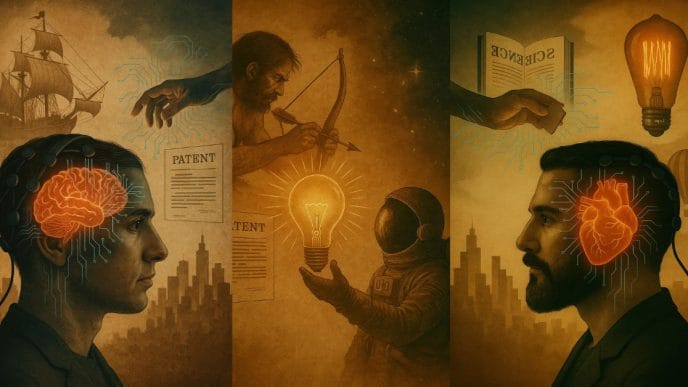At-home DNA tests promise to reveal your ancestry, your health risks, and even your ideal diet. But what happens after you send off your saliva?
Your most intimate data, your genetic code, is digitized, stored in the cloud, and processed by algorithms you’ll never see. Your DNA becomes de-identified, yet potentially re-identifiable: searchable through public tools like GEDmatch or sharable under court order, and remains susceptible to misuse in ways most users never imagined.
Your biology has entered the digital domain, and it is becoming a strategic asset and a new kind of vulnerability. In many cases, it is also monetized, turning your body into a commercial data stream.
DNA as Data: Biotech’s Next Billion-Dollar Bet
Consumer DNA testing kits from companies like 23andMe, Ancestry, and MyHeritage have brought genomic sequencing into tens of millions of homes. But they are not just selling reports. They are building enormous biobanks.
Digitized genomes are now treated as commercial data, routinely licensed to pharmaceutical companies, research labs, and insurers. For these stakeholders, your DNA represents population-level predictive power.
Here’s the catch:
- Your DNA is shared by your family. Even if you never take a test, your relatives may already have exposed your genetic markers.
- Genomic data falls outside many existing privacy laws. While HIPAA governs healthcare providers, it often does not apply to consumer DNA platforms or their third-party partnerships.
- Your genome is persistent. A data breach today may still matter decades from now. Unlike a password, it cannot be revoked.
For biotech and healthtech companies, it is a goldmine. For individuals, it is a lifelong liability.
Most users agree to terms of service that obscure or dilute their control over how their DNA is reused.
Bio-Cyber Convergence: DNA as a New Digital Attack Surface
As biological data flows through digital infrastructure, DNA becomes part of a new cyber-bio stack. And that stack is already showing cracks.
In 2017, researchers at the University of Washington embedded malware into synthetic DNA strands that, when sequenced, exploited a software vulnerability in the analysis pipeline. It was a lab experiment, not an active threat, but it demonstrated a pivotal idea: biological material can carry digital risk.
This emerging zone is known as bio-cyber convergence, and it includes:
- Synthetic biology tools that can generate or modify DNA at scale
- AI platforms trained on genomic data, especially in pharmacogenomics and drug modeling, though still nascent in many consumer applications
- Emerging ransomware threats targeting genomic databases, locking access to both health-critical research and personal data
As AI models are trained on genomic datasets, flaws in training data or adversarial inputs could influence how traits or risks are classified, raising concerns about bias, manipulation, or even algorithmic discrimination.
The phrase “DNA as executable information” is metaphorical, but apt. DNA encodes instructions, and when digitized, it behaves like a file: one that can be read, copied, modified, or corrupted.
We are not yet in a world of genome-targeted cyberattacks, and such attacks remain rare today, but the path is technically feasible and the incentives are growing.
Real-World Red Flags: This Isn’t Just Sci-Fi
Governments and militaries are already taking action based on genomic risk.
The US Department of Defense has banned service members from using consumer DNA kits, citing national security concerns. The risk? Genomic data revealing health vulnerabilities or predispositions that could be used in psychological or biological targeting.
China’s genomics powerhouse BGI Group has raised alarms globally. Reports have linked its work to national efforts to collect genetic data on foreign populations under the guise of international research.
In criminal investigations, genealogy sites are increasingly used for suspect identification. The 2018 Golden State Killer case used public ancestry databases to identify a suspect through familial DNA. This opened the door to genetic surveillance by proxy, where one person’s data can compromise the privacy of many.
And a landmark 2018 study by Yaniv Erlich showed that 60 percent of Americans of European descent can be identified through public genealogy databases, even if they never submitted their own DNA. Genetic anonymity is fast becoming a myth.
Security Gaps: Cyber Protections for DNA Are Still Primitive
Despite its sensitivity, genomic data lacks the protective infrastructure we expect for financial or health records.
Here is what is broken:
- Sequencing equipment often runs on outdated or vulnerable software, with little investment in cybersecurity updates
- Genetic data is frequently stored in misconfigured cloud environments, exposing sensitive information through unprotected APIs or improperly secured storage buckets
- There is no industry-standard framework for genomic data protection, no equivalent of PCI-DSS or FHIR for DNA data pipelines
- Even when genomes are encrypted, metadata such as timestamps, geographic tags, ethnic clusters, or file naming patterns can still be exploited to re-identify individuals or make inferences about their traits
The illusion of anonymization has already been shattered. Genetic data released for research, even in stripped-down form, can be re-linked to real identities with relative ease.
The result? We are treating genomes like static documents, when they are actually deeply dynamic, multi-generational, and easily misused digital assets.
Your Genome Is a Digital Asset and a Long-Term Liability
To be clear, your physical DNA cannot be hacked. But once it is digitized, uploaded, and linked to analytics platforms, your genome becomes part of a highly sensitive data stream that is increasingly accessible to both commercial and malicious actors.
The phrase “you are now a biological endpoint” is metaphorical, but it captures something essential. In the era of bio-cyber convergence, your genome connects to cloud platforms, API layers, algorithms that influence health predictions, insurance scoring, or risk assessments, and surveillance tools ranging from public law enforcement searches to national-level data collection.
The consequences of compromise may not be immediate. But they could include:
- Increased risk profiling by insurers
- Biased risk assessments in AI-driven diagnostics
- Long-term vulnerability to data leaks that affect not just you, but your descendants
This is not just a privacy issue.
It is a new class of security concern.
If we do not act now, through better encryption, stricter consent standards, and updated cybersecurity protocols for bio-data, we risk letting the most personal information we have become the most poorly protected.
